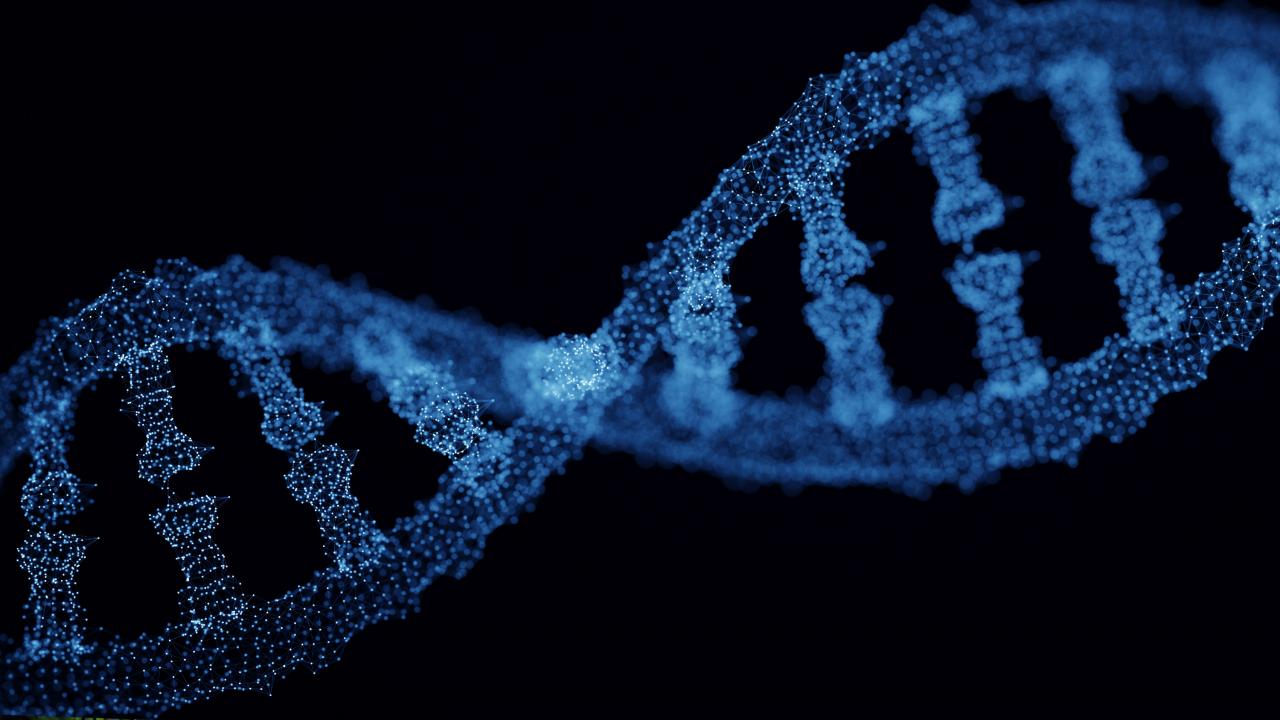The success of E. coli bacteria depends on their ability to multiply very rapidly by dividing into new cells. The bacteria can divide as quickly as they can make an entire new copy of their DNA while minimizing errors. New work from researchers at the University of California, Davis College of Biological Sciences answers a key question about how E. coli fixes damage to DNA in the middle of duplicating it.
The machinery that duplicates E. coli DNA is called the replisome, said Tuan Pham, project scientist in the UC Davis Department of Microbiology and Molecular Genetics and first author on a paper describing the work published Sept. 23 in Proceedings of the National Academy of Sciences.
The replisome moves along the DNA strand, leaving two new strands behind it. But it when it encounters a damaged piece of DNA, such as a deleted base, it stalls and the cell activates a repair response, Pham said.
“The question is, how are lesions in the DNA repaired when encountered by the replisome?” said Stephen Kowalczykowski, distinguished professor of microbiology and molecular genetics at UC Davis and senior author on the paper.
Imaging single proteins
The repair or “SOS” response boosts levels of the protein DNA polymerase IV, or Pol IV, ten-fold. Pham used technology to image individual DNA repair proteins at work, developed over several years in Kowalczykowski’s lab, to study what happens when Pol IV interacts with the replisome.
The results show that Pol IV associates with the replisome and moves along the DNA with it, slowing it to about half-speed, Pham said.
“To use the analogy of a train running on a track, when the train encounters damaged track it slows down while the track is being repaired in front of it,” Kowalczykowski said. Once the damage is repaired, Pol IV falls off the replisome and DNA replication returns to normal speed.
The default view had been that DNA replication and repair are independent processes, but the results show that these can actually happen at the same time, Kowalczykowski said. As eukaryotic organisms have analogous proteins, it’s likely that similar, if more complex, mechanisms operate in our own cells to protect DNA stability and prevent cancers and birth defects.
Additional coauthors on the paper are Neville Gilhooly at UC Davis and Kenneth Marians, Memorial Sloan Kettering Cancer Center, New York. The work was supported by grants from the National Institutes of Health.
